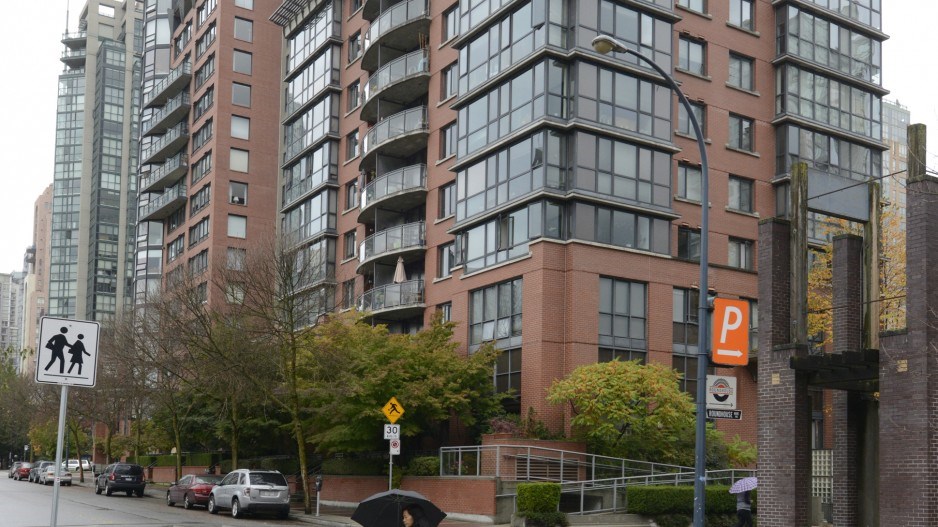Because pent-up demand for family housing is driving up the cost of single-family homes and two- and three-bedroom apartments in Vancouver, a plan to increase the number of larger condo units in the city will help make family housing more affordable.
So goes the reasoning of Vision Vancouver.
The party has made a campaign promise to increase the number of two- and three-bedroom units that developers are required to include in new condo buildings. Currently, 25% of units must be family-sized; Vision wants to increase that to 35%.
It’s part of the party’s affordable housing platform, which includes building more rental housing and using city-owned land for new housing.
But developers and the city’s former chief planner say it’s unlikely that requiring developers to build more family units will reduce Vancouver’s high cost of housing.
“[Vision has] included this in a list of things they describe as affordable housing strategy, but the mayor’s going to need to clarify whether the goal is family housing or affordable family housing,” said Brent Toderian, the City of Vancouver’s head of planning between 2006 and 2012.
“The latter is much more challenging and requires much more provincial participation.”
Toderian recently worked with Colliers International on an economic and market analysis for a similar policy in the City of New Westminster. That study found that requiring developers to include a specific number of family units in new buildings wouldn’t make low-rise, mid-rise or highrise projects economically unviable. As a result, the City of New Westminster is now considering instituting a policy requiring 20% of units be two-bedroom and 10% be three-bedroom.
Vision Vancouver Coun. Raymond Louie said an economic feasibility study had not been done on his party’s 35% proposal, but he emphasized the proposal is a campaign promise that would have to be approved by city council.
New Westminster has not tried to tie affordability to the policy. Toderian said the goal is to create more family housing. But design decisions like locating larger units on lower floors could help keep costs down for homebuyers.
Developers Robert Fung of the Salient Group and Hani Lammam of Cressey Development Group think market demand and not municipal regulations should determine which kind of units get built.
“I think a lot of people are presuming [developers are] building tiny units that wouldn’t be able to accommodate a family,” Fung said, “but I think it’s the opposite. … You’d be hard-pressed to find a building that … doesn’t have a mix of units.”
Lammam said the 25% rule is relatively low and is easy for most developers to comply with, but an across-the-board rule for all projects limits flexibility. He said Cressey has been including more two- and three-bedroom units in projects lately because of higher demand.
Lammam and Fung agreed that requiring developers to include more large units will increase building costs, which they said would raise suite prices.
“Affordability is such a challenge,” Lammam said. “We can’t build enough to build our way to affordability.”
While Toderian is critical of Vision’s decision to put its campaign promise under the affordability umbrella, he said he has been advocating for the city to raise the family housing requirement to 35% from 25% for several years.
He added that demand for family-sized suites in neighbourhoods depends on the presence of parks, schools and daycares – amenities that are under the control of municipalities.
@jenstden




